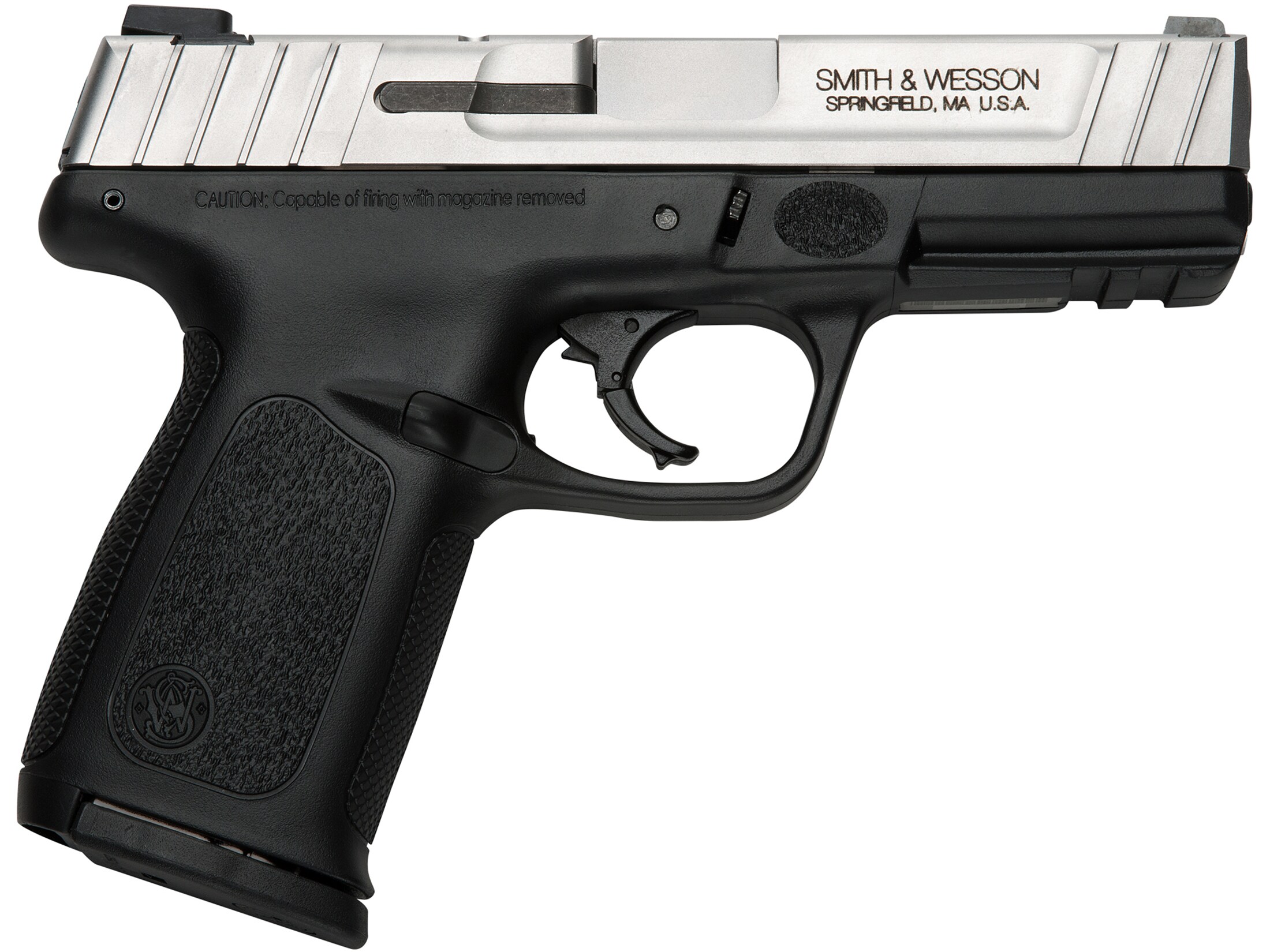

The full-size, dovetailed, three-dot sights have a 5.3″ sight radius. The Shield does very well at this simple accuracy test, and the sights work great as well. A good estimate is whether a gun can hit an 8″ target between seven and 25 yards with no issues. If you want to use your gun for self-defense, it needs to be accurate at very close distances and from several yards away. Accuracyįiring a gun at CCW distances is completely different from firing on a range. Whether you’re running with potent hollow-points or something a bit gentler, you can rest assured that your M&P 9 Shield won’t let you down, no matter how badly you treat it. Several testers have reported firing well over 1,000 rounds with no malfunctions, which is a pretty impressive record. Smith and Wesson have put a lot of effort into making this a reliable weapon, even in bad conditions, and it shows. Gun owners tend to buy different types of ammo, so a gun must stand up to even the lowest-quality ammunition with no issues. If it fails any of these criteria, chances are it will rot away in your gun safe while you use something better. Guns marketed for self-defense need to be light, easy to carry, reliable, and accurate. Specifications can give you a small idea of what a gun will feel like in action, but the real test comes in on the firing range. It has three-dot, drift adjustable sights and a striker-fired action. Overall, the gun is very lightweight, coming in at 19 oz, with an overall length of 6.1″, making it small enough to carry around everywhere. Some people may find the pull to be slightly too heavy, but it does soften up slightly over time. The Smith and Wesson Shield 9mm has a much more robust trigger with a shorter take-up and heavier pull required to break. The original full-size M&P pistols had a trigger feel that many experts found soft and spongy, and a reset that was easy to miss. 40 caliber version of the gun is the same size as the 9mm but has one less round in the mag: six in the flush-fit option or seven in the extended mag. If you choose the 9mm version, you get an option of two magazines: a seven-round or extended eight-round magazine. Smith & Wesson used the single-stack magazine to cut down on width while sacrificing some magazine capacity. The gun is less than 1″ thick, making it perfect for purses, pockets, and holsters. The Shield 9mm falls into the category of compact handguns, with a polymer frame, stainless steel slide and barrel, and single-stacked magazine. We’ll also take a look at the second-most-popular model, the Shield 9mm EZ. In this review, we’ll look at the Smith and Wesson 9mm Shield without the thumb safety since it’s the one most people will get. If you’re looking at buying one of these guns today, you’ll get the 2.0 version with a slightly more aggressive grip and cosmetic texturing at the muzzle end. The Smith & Wesson M&P Shield m2.0, released in 2017, is the latest in the Shield line but only features modest improvements over the original thumb-safety less version. 380 ACP or 9mm rounds, as well as the Smith and Wesson Shield 45 for. Since then, Smith and Wesson has released several different versions of the gun, including the EZ with either. The gun still has multiple safety features to prevent accidental discharge, with the added advantage of a faster response, which is essential for self-defense. Smith & Wesson responded to this complaint by releasing a second version of the Shield in 2014, without the thumb safety. The main drawback of the initial Smith Wesson M&P was the thumb safety, which many owners engaged by accident, resulting in a much slower response time. Smith and Wesson released the M&P Shield in 2012, filling the market demand for a compact 9mm.īuyers could choose between the Smith and Wesson Shield 40 or 9mm, and the 9mm quickly rose to prominence as one of the best weapons for concealed carry due to its slim size. The concealable semi-auto handgun market has been booming as more and more Americans start carrying handguns for self-defense.


 0 kommentar(er)
0 kommentar(er)
